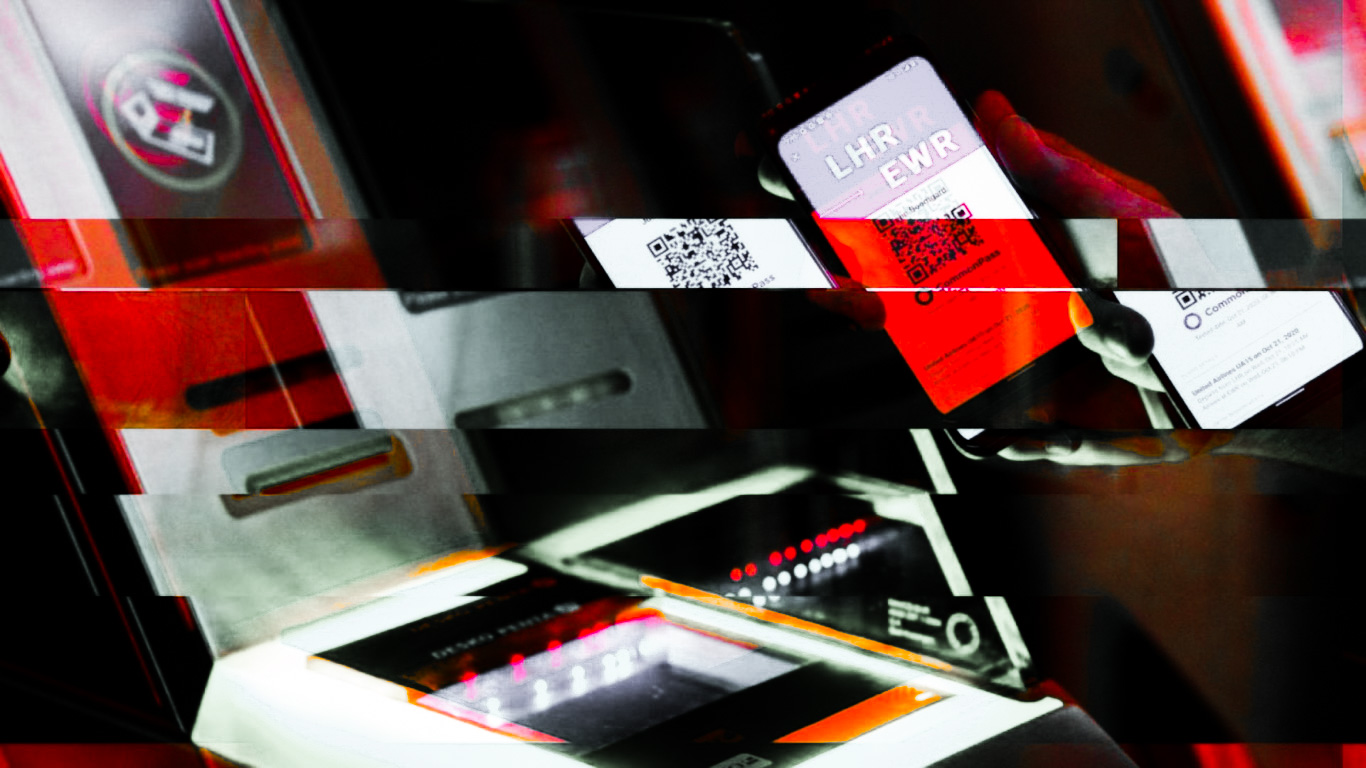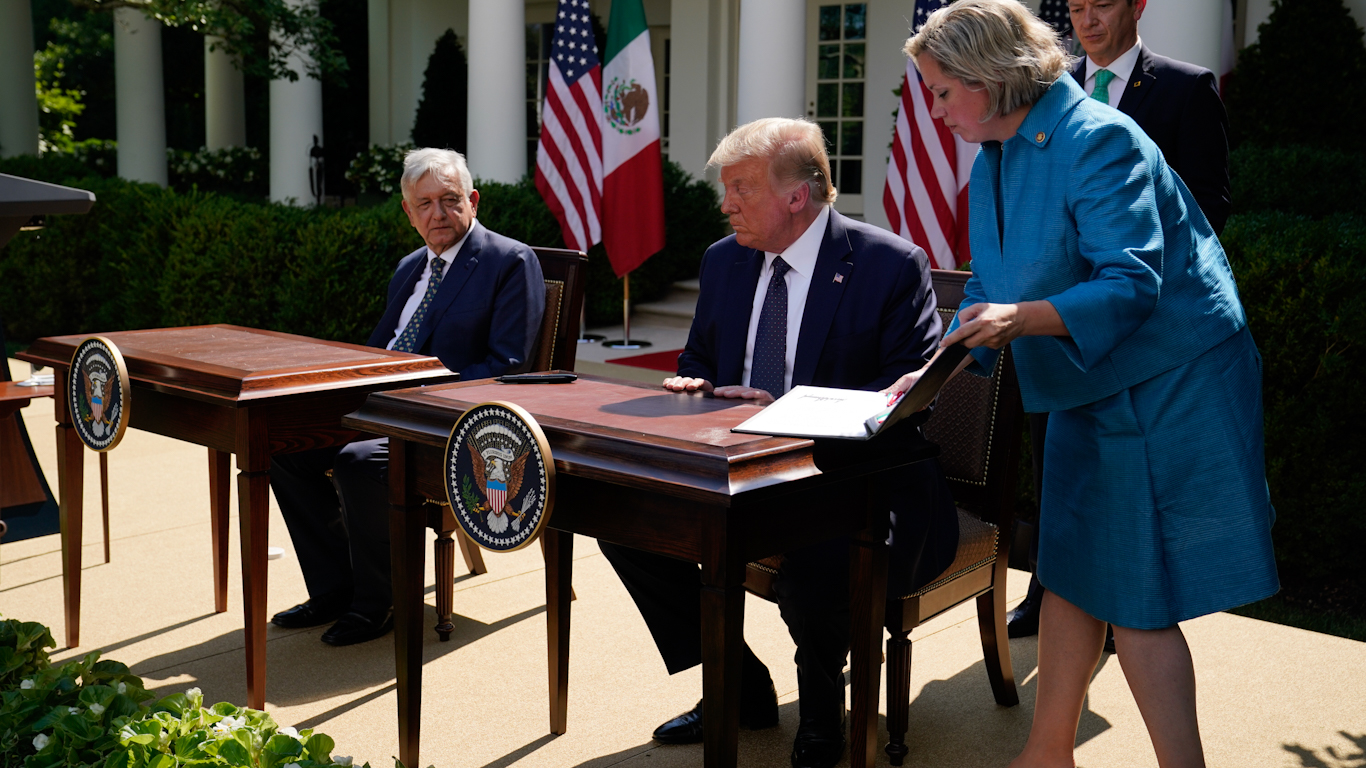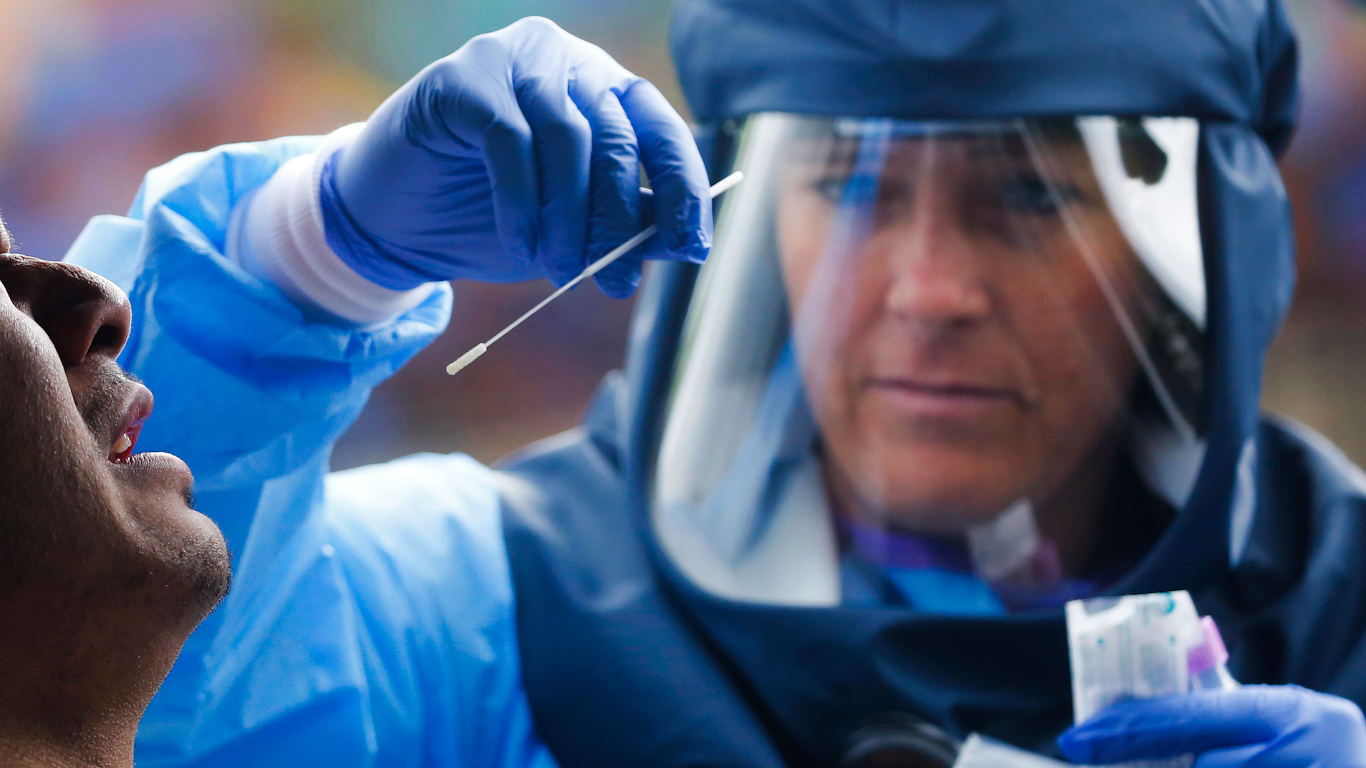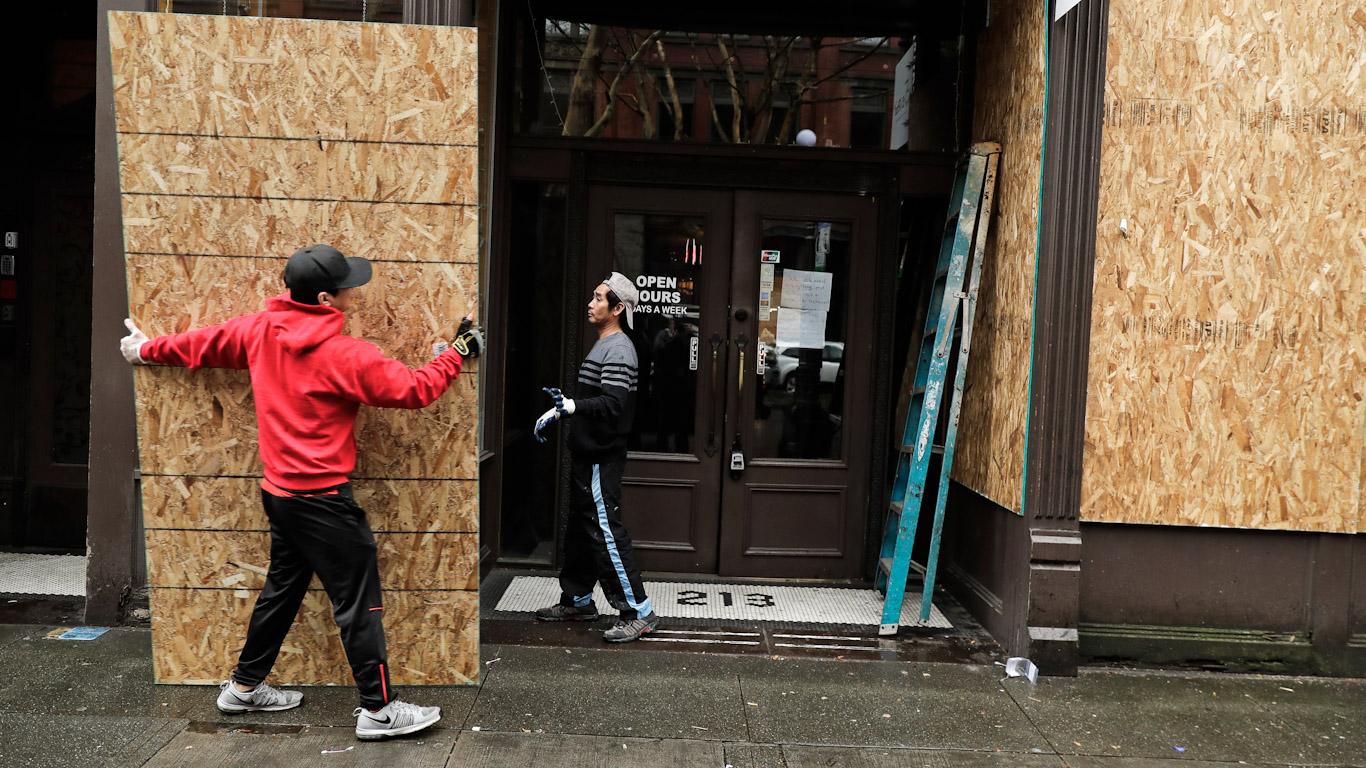The Nord Stream 2 pipeline is nearing completion despite all the best efforts by the U.S. to stop its construction, causing a rift between Washington and its largest European ally and the potential end of NATO.
The U.S. is starting to fret about the imminent completion of the Nord Stream 2 pipeline, the second of two underwater gas pipelines running from the Russian Baltic city of Ust-Luga to Greifswald, Germany, and has begun issuing informal threats of repercussions to companies who are backing the nearly-finished project.
According to unnamed sources, at least a dozen American officials from three separate departments held video conference calls with European contractors working on the pipeline, while U.S. Secretary of State, Mike Pompeo reportedly warned private European backers of “risk[ing] the consequences” of continuing their support for the key energy infrastructure project.
Several European energy concerns, such as France’s Engie, Germany’s Wintershall Dea and Uniper and Anglo-Dutch Royal Dutch Shell have indirect financial ties to the massive $11.7 billion-dollar underwater oil pipeline being constructed by Russia’s partially state-owned Gazprom, which will double Russia’s oil export capacity to Europe and seriously infringe on Atlanticist designs over the old continent.
Only six percent of the 1,200-mile pipeline remains to be laid in Danish waters, which is stalled due to U.S. sanctions against the European contractors working on that particular stretch. However, Denmark has recently circumvented the sanctions by licensing different vessels, and construction is set to resume by September.
Gazprom CEO, Alexei Miller disregarded claims that U.S. sanctions would stop the project from being completed, and Russian President Vladimir Putin announced that the pipeline would be commissioned before the end of this year. The completion of the Russian pipeline would mean a practical end to the viability of American LNG exports to Europe; a fate the U.S. has been trying to avoid since the project’s beginning in 2012.
…click on the above link to read the rest of the article…







